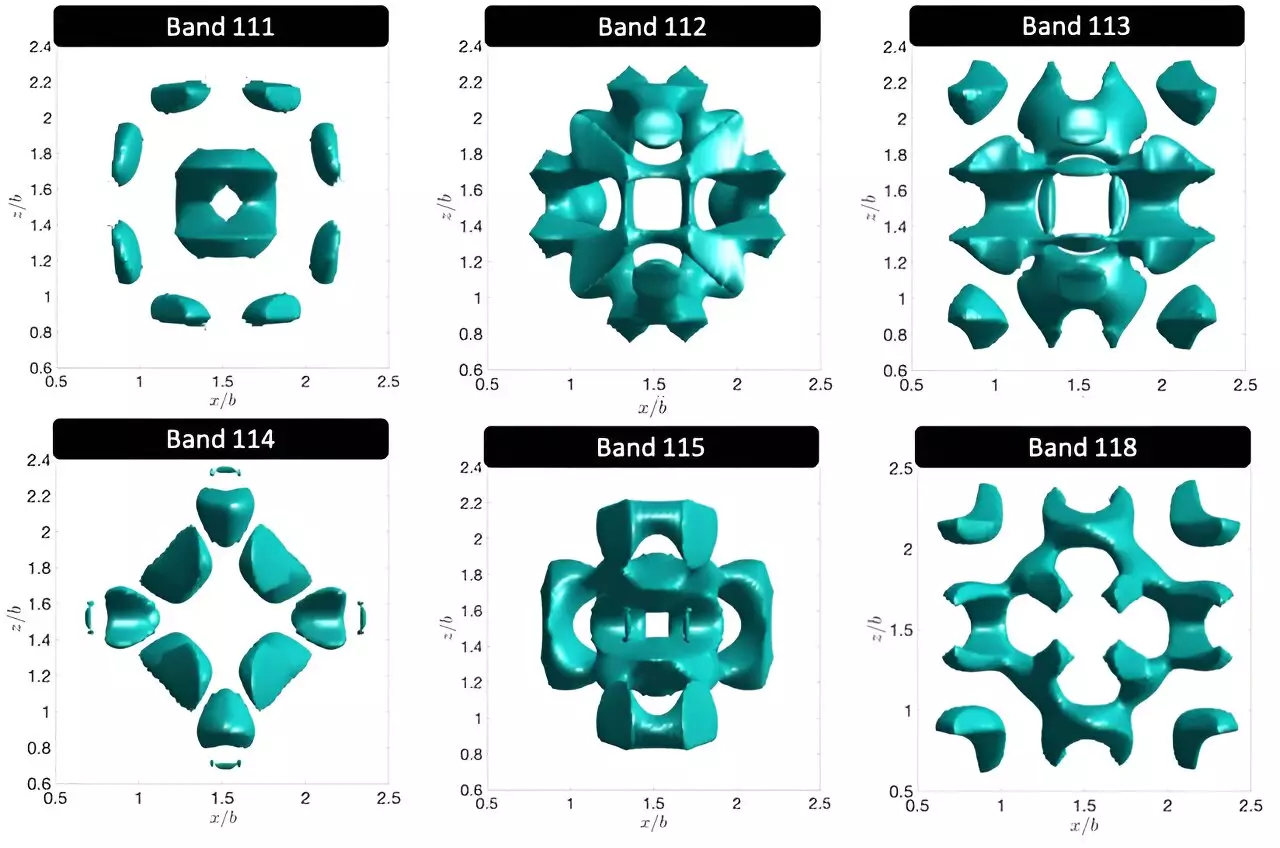Photons, the elementary particles that make up light, have been the subject of study by researchers at the University of Twente. Unlike electrons that occupy regions around atoms in defined orbitals, photons exhibit a much greater variety of behaviors and are easier to control. These insights into the behavior of photons have promising applications in smart LED lighting, quantum circuits, and nanosensors.
In the realm of atoms, electrons are typically found orbiting around the nucleus in defined shapes known as orbitals. Similarly, researchers have identified photonic orbitals that describe the region of space where a photon is most likely to be found. Through the careful design of materials, researchers at the University of Twente have demonstrated the ability to create and manipulate these photonic orbitals with a diverse range of shapes and symmetries. This breakthrough opens up possibilities for advanced optical technologies and quantum computing.
Unlike electron orbitals, which are limited by the spherical shape around the atomic core, photonic orbitals can take on a variety of shapes based on the spatial arrangement of optical materials. This flexibility allows for the creation of complex and unique structures that can be utilized in a wide range of applications. Researchers highlight the potential of nanotechnology in designing nanostructures that can support novel photonic orbitals with enhanced functionality.
The study of photonic orbitals has significant implications for the development of advanced optical technologies. From efficient lighting systems to quantum computing and sensitive photonic sensors, the insights gained from research at the University of Twente pave the way for groundbreaking innovations. By enhancing the local density of optical states, nanostructures with specific defects offer a promising avenue for integrating quantum dots and establishing networks of single photons for various applications in cavity quantum electrodynamics.
The investigation into photonic orbitals represents a significant advancement in our understanding of light particles and their behavior. The ability to manipulate these orbitals with precision opens up a world of possibilities for advancing optical technologies and quantum computing. The findings from this study not only contribute to the scientific community’s knowledge but also hold promise for practical applications that could revolutionize how we harness the power of light.


Leave a Reply